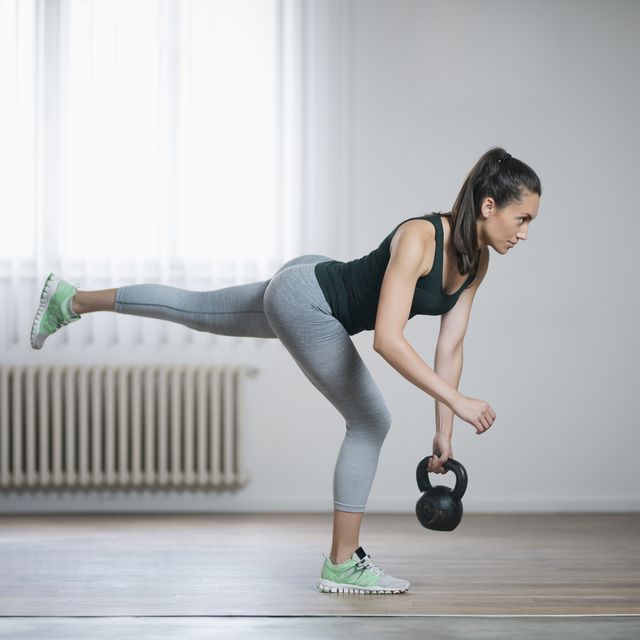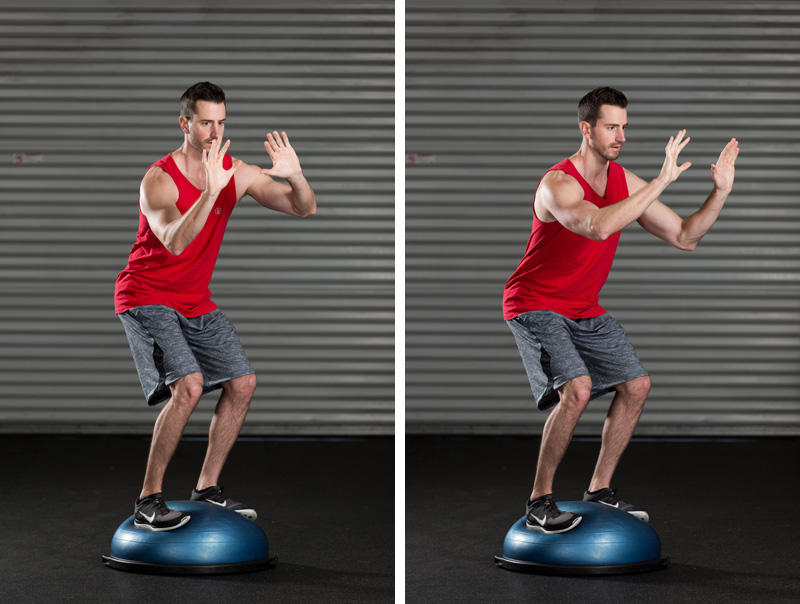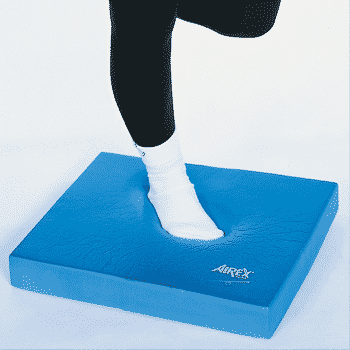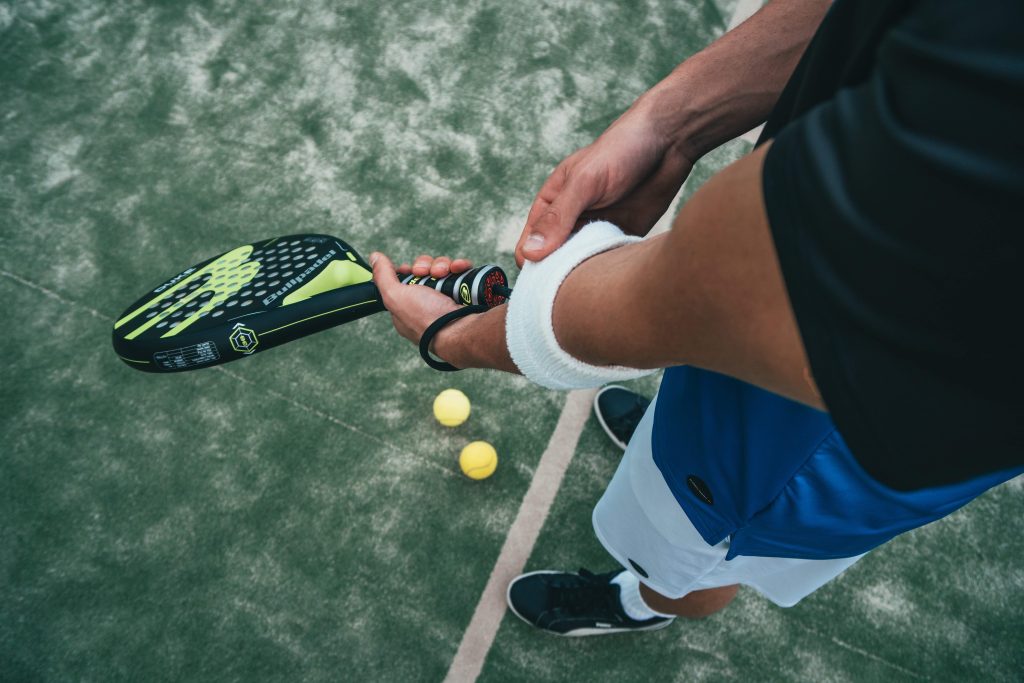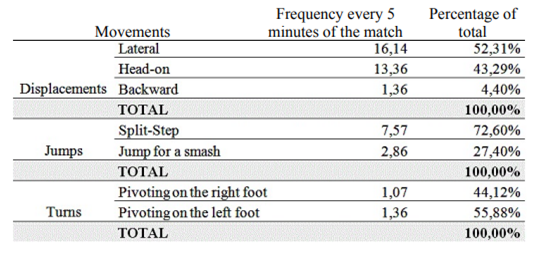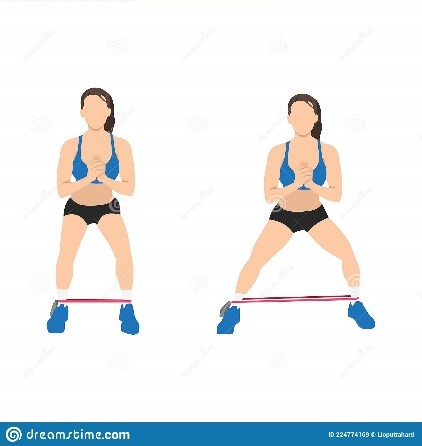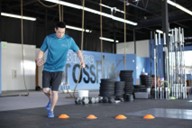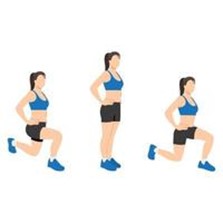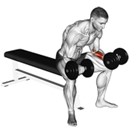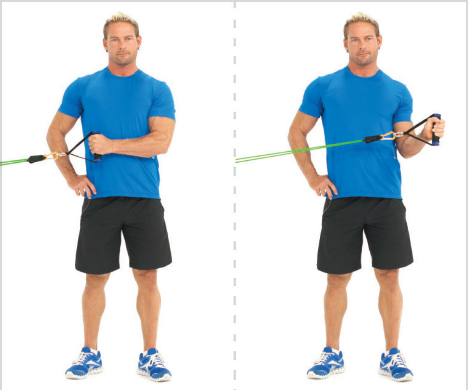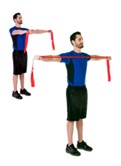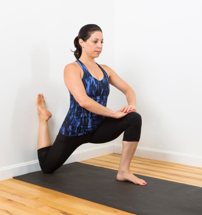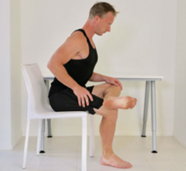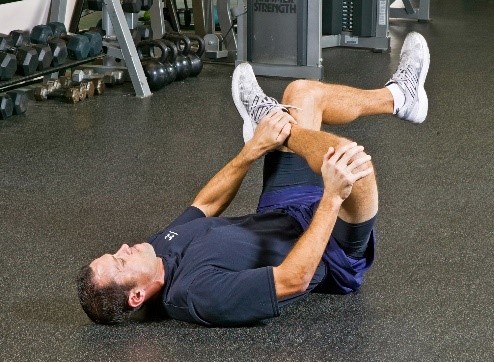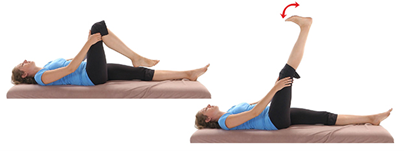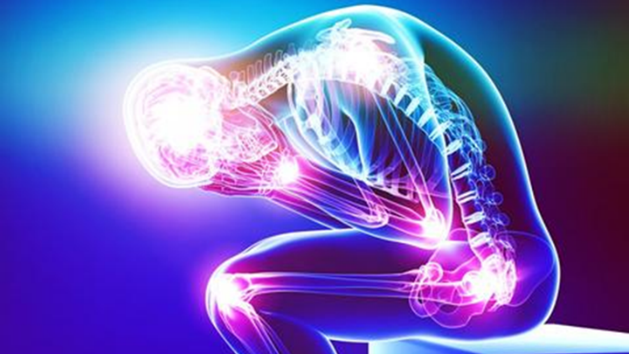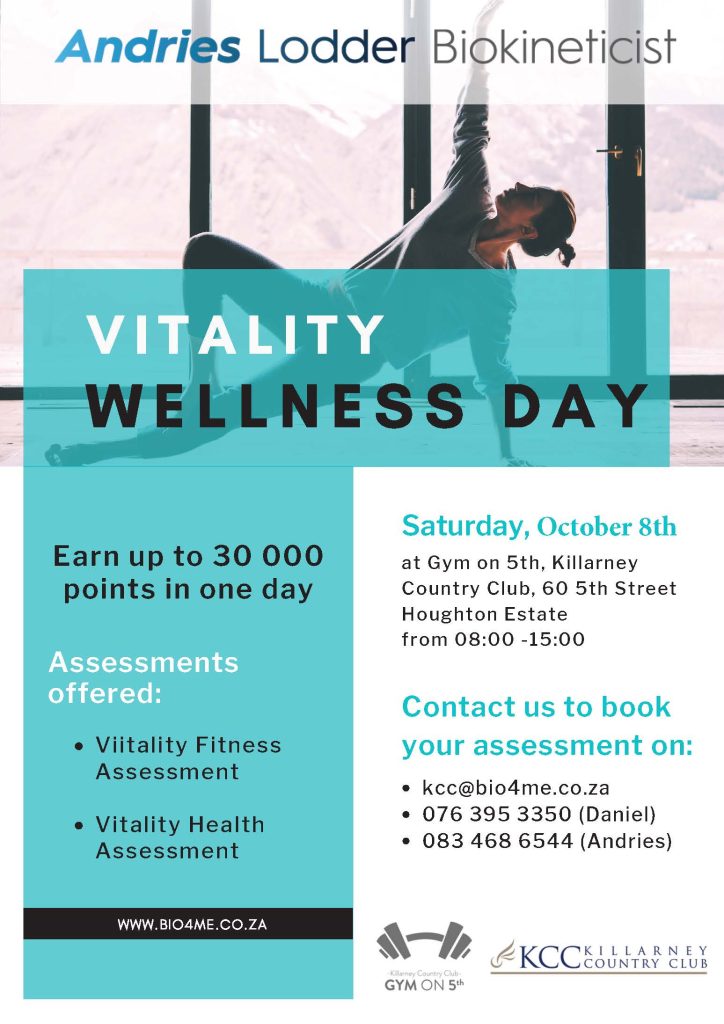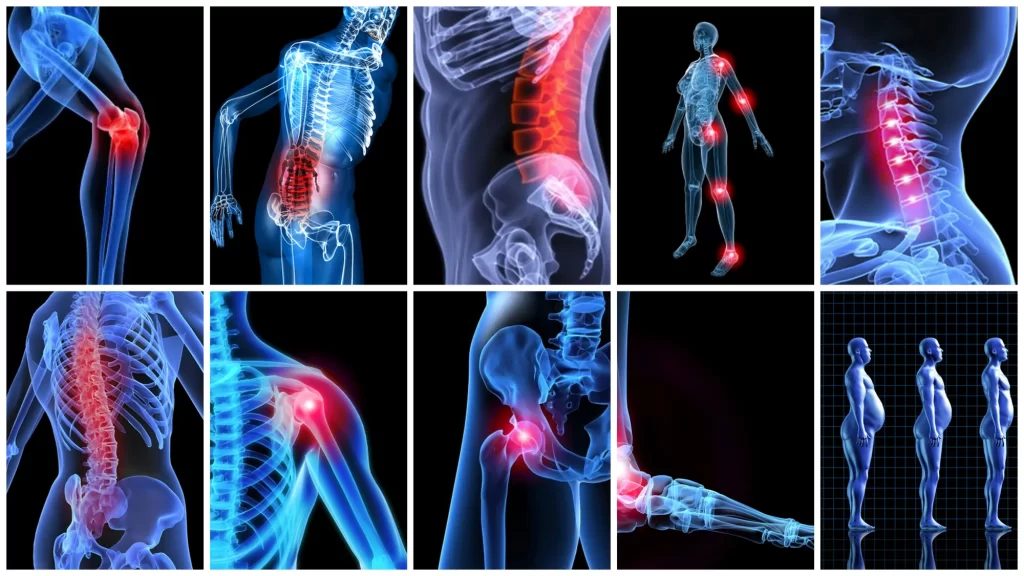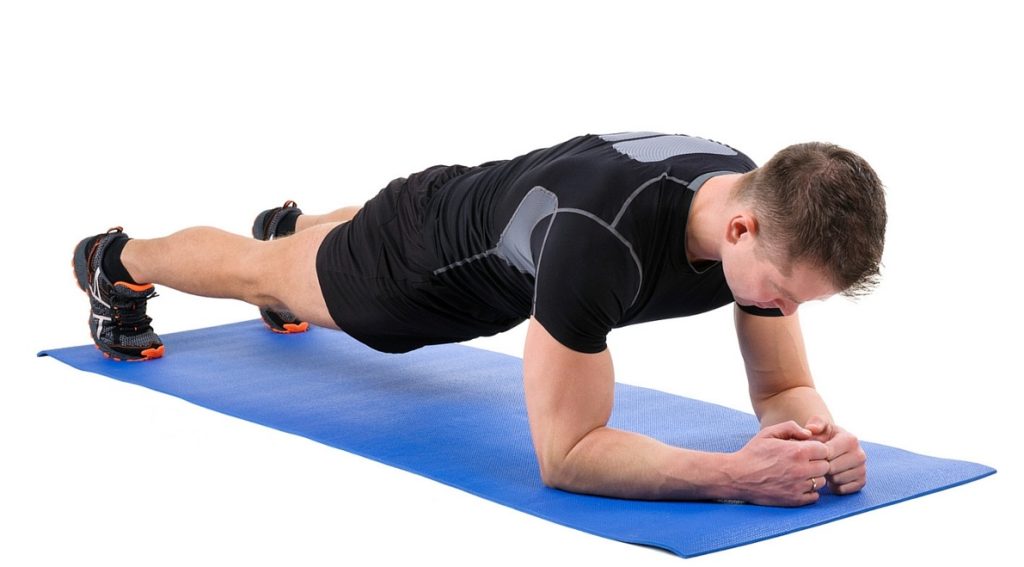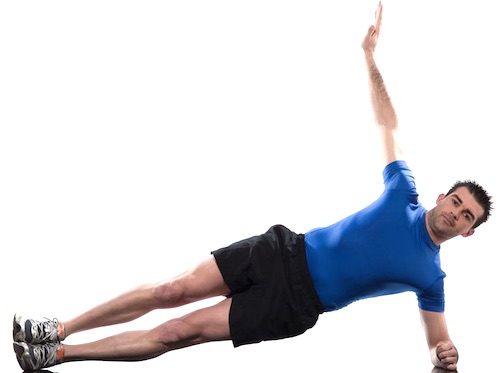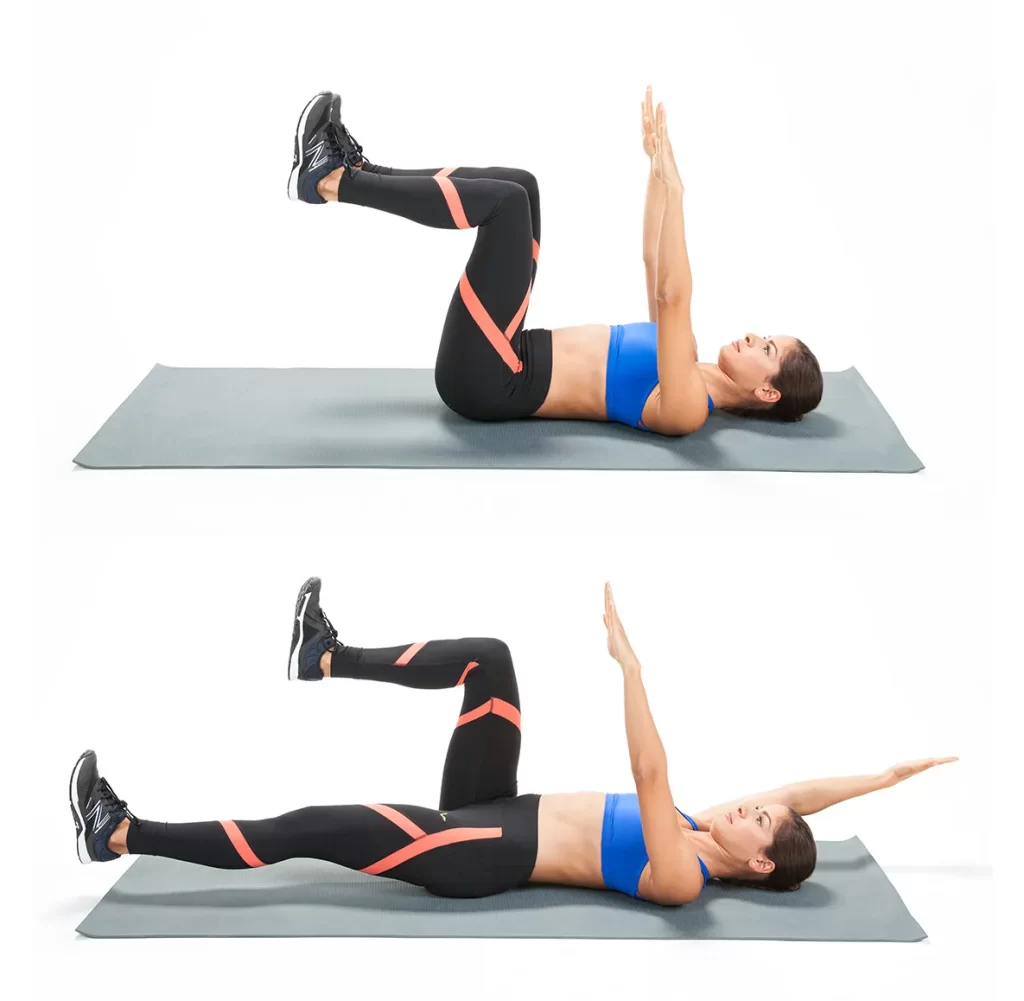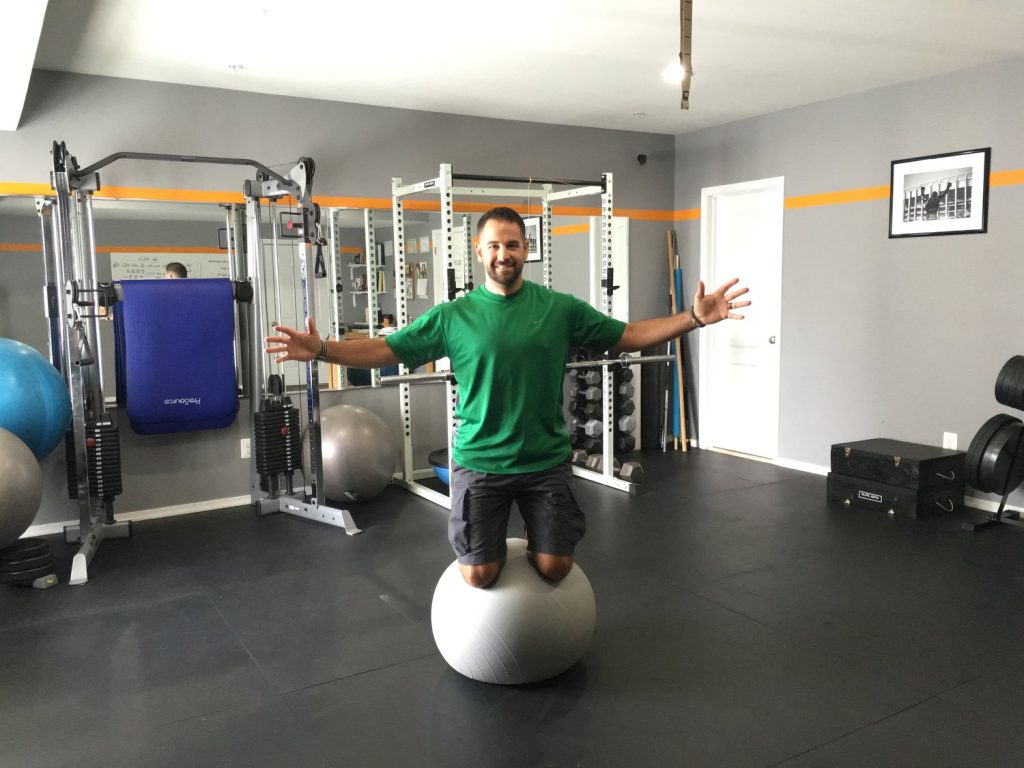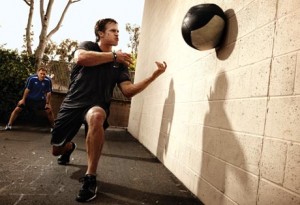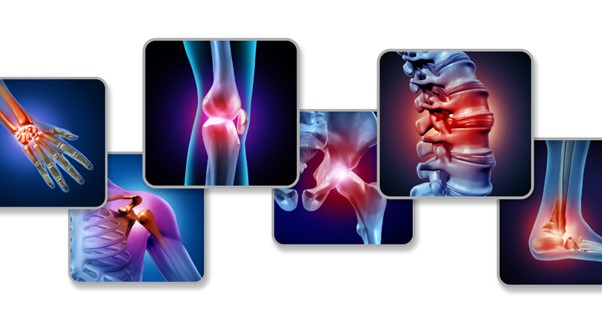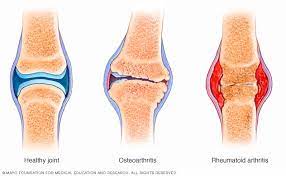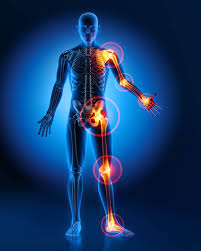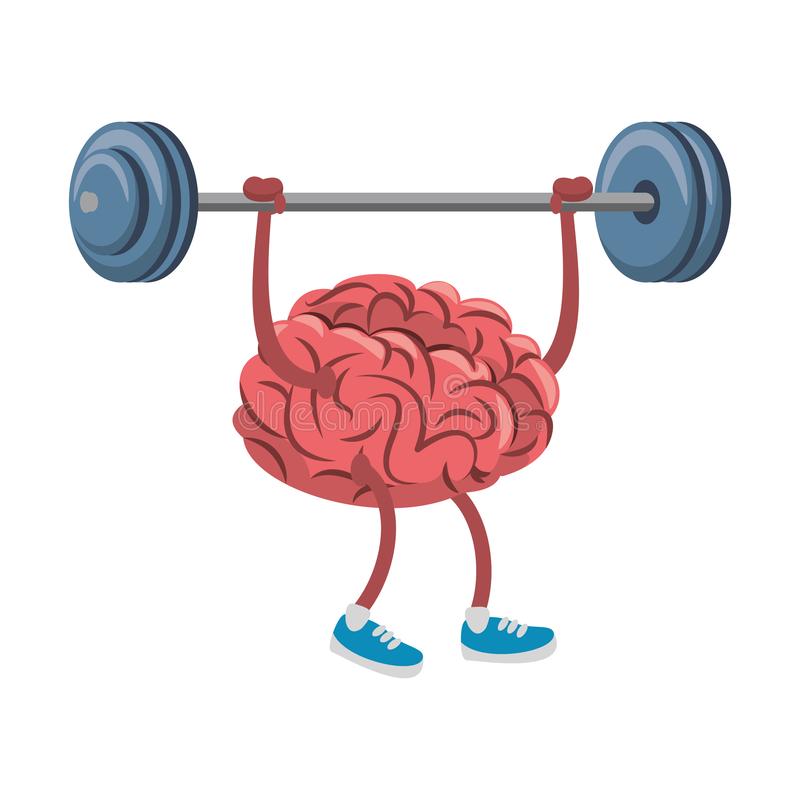Hi! Ally, my daughter, absolutely loves kickboxing! Please help us support her dream! My name is Yolandi Aucamp, and I am from Western Cape, Cape Town, Tableview.
We would like to call on your support!!
The funds raised here will go towards Ally’s participation at the World Kickboxing Championships in Italy! WOW! How amazing is that!!
We are so proud to share that she brought home a gold medal and the National title for her division in Points-fighting and a silver and bronze in her two other divisions!
Her hard work and dedication to her sport is paying off! She now has the opportunity to live out her dream even further – to represent her country on an International level!! She has been selected to represent South Africa as part of the National Team in two events in two of her divisions!
Firstly, Ally was included in the National team taking part at the WAKO Africa Continental Championships held in Benoni from 26-28 August 2022, where she received 2 silver medals in both her divisions. And even more exciting for her was to be selected for the National team taking part at the WAKO World Championships in Italy from 29 September to 9 October 2022. Again, this will be a great stepping stone towards being eligible for both the World Combat Games in 2023 and the Olympic team in 2028!
Now, this is where we would like to call on everyone’s support again! We would love to support her and give her this opportunity to compete internationally!
Unfortunately, the costs are enormous (you can follow the link and see the breakdown) and it feels out of our reach! Since each participant must pay their own way, we will need all the help and support we can get!! But I believe with the help of family, friends and kind sponsors we will be able to achieve this goal and support her Italy dreams! Every R50 donated towards this goal gets us closer to the end!
Funding will cover entry fees, airfares (domestic and international) and airport taxes, accommodation, transportation, meals, team clothing, WAKO approved Equipment (the kit she has at the moment she will not be allowed to compete in), travel Insurance, Schengen VISA and passport costs. We hope to raise enough money so that she and her Dad (as shaperone/her coach at home) can go to Italy!
Thank you for taking the time to support Ally and her love of kickboxing, whether by giving or sharing! God bless!If you want to read more about Ally’s road to the Worlds Champs, please read on:
She started her kickboxing journey at the start of 2019 at Venters Martial Arts and Kickboxing in Duynefontein. During the past 3,5 years, she has enjoyed her training and has been developing her skills with the help of Shihan Dave.
Training during Covid was tough, but she and her dad kept up with the training at home during the lockdown. As soon as restrictions allowed, they were back at the club, training with the rest of the students again.
She truly shows great talent for the sport. In 2019, only months after starting the sport, she achieved Western Province colours through NMA ISKA. Unfortunately, since the pandemic prohibited all sporting events worldwide in 2020, all students were denied the opportunity to fight for their SA colours. 2020 was not the year for sports – anywhere!
In 2021, Ally could not compete at the Western Cape Championships, due to contracting Covid in July. It was a long road to full recovery, but she started her training again at the end of November.
Luckily, as things returned to normal and she regained her strength, she once again participated in the Cape Town Championships in Ottery during January this year.
She achieved 3 gold medals and was included in the Cape Town Team to participate at the Western Cape Kickboxing Championships this past March. Here she attained gold and 2 silver medals in the Tatami divisions.
This led to her selection for the Western Cape Team that took part at the South African Kickboxing Championships in Mossel Bay where she performed so well!
